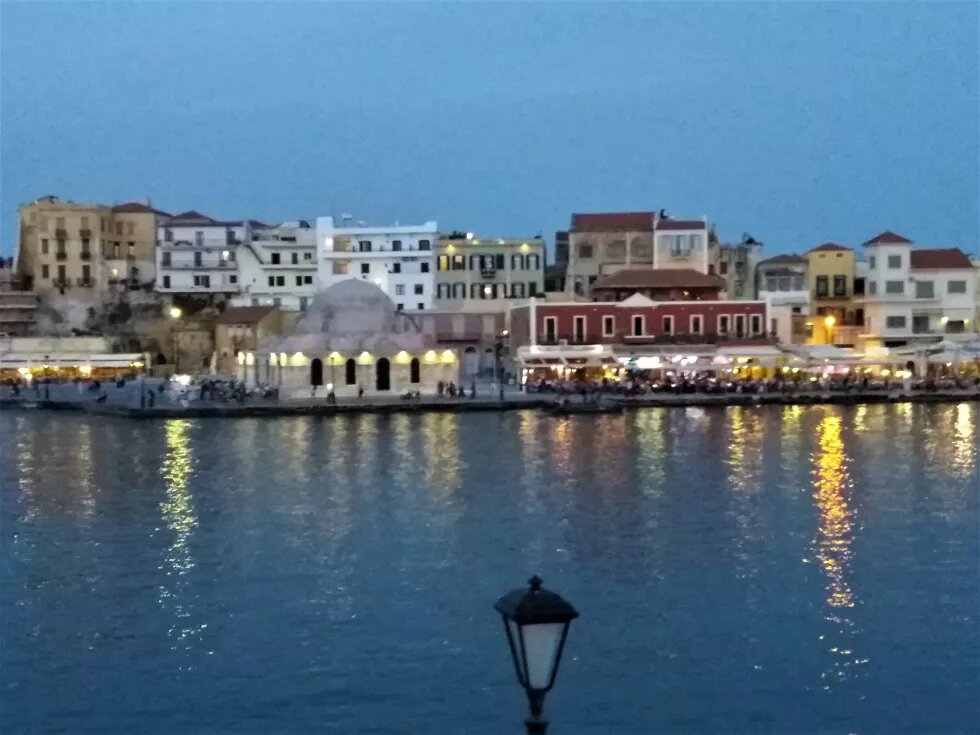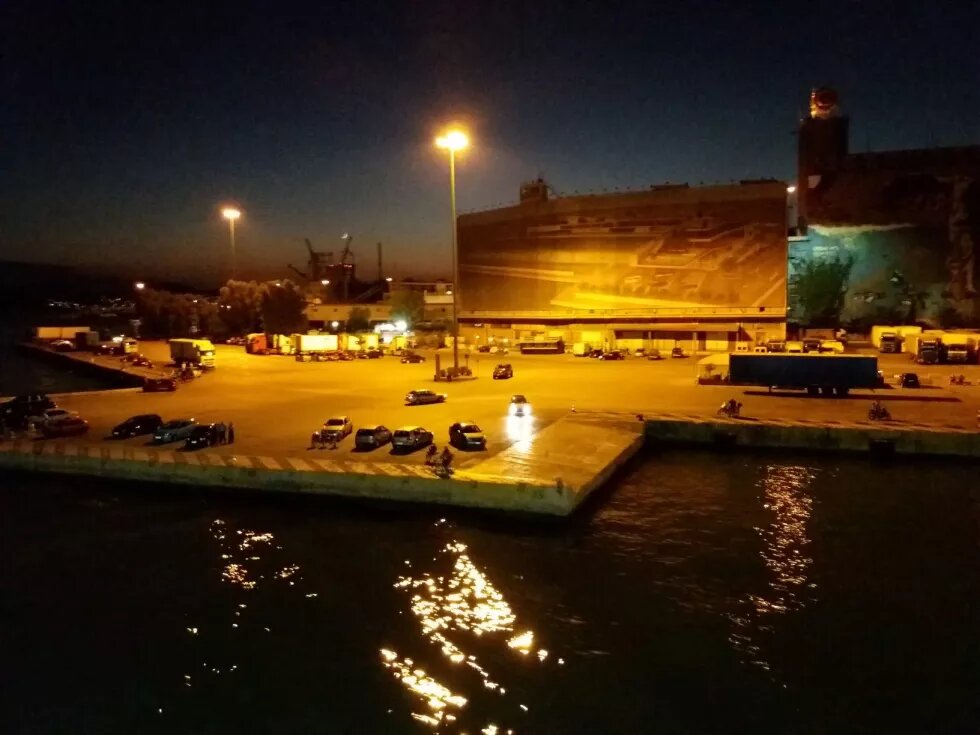
The article deals with the issues of green ports, which is very important in general as transports is a highly polluting sector, but also crucial in particular for Greece, which is home to a very large number of ports.

The European Commission responded to the climate challenges with the ambitious “European Green Deal” programme of a €1 trillion budget over the upcoming decade, targeting a drastic reduction of greenhouse gas (GHG) emissions by 2030 and climate neutrality by 2050 in the energy sector and the economy in general.
The European Commission will cooperate with all Member States to implement the European Green Deal, propose certain minimum “green” criteria and provide tailored support to all stakeholders in the identification of investment needs and the design and execution of sustainable projects. In order for this grand plan to be achieved, funding from all Funds (for different costs) and the use of guarantee mechanisms by both the EU and the National Banks are allowed.
A sector that causes significant environmental pollution is transport. Waterborne transport[1] covers approximately 90% of international trade and produces 13% of total EU transport emissions.
The first call for proposals for drastic emission reduction under the Green Deal and the Horizon 2020 Programme is for Green Ports and Airports. Given that Greece has a great number of islands and ports, it is a unique opportunity to understand the priorities that will be set and the sectors that will be supported in the current decade under the Green Deal. To get the most out of it, we need the cooperation, support and coordination of all available resources and human resources, new and coordinated governance at all levels and communication with all stakeholders.
Basic facts about the proposals:
- They will be evaluated based on their energy efficiency.
- They will build on previous achievements organised by the same or other partners as well as on already existing European initiatives.
- They will be designed to be part of the wider Trans-European Transport Network (TEN-T) as transport hubs and transit points, connecting the maritime network with other modes of transport, the inland and the cities.
Green Port must definitely involve large-scale action at implementation stage (demonstration) that integrates the production of alternative fuels at ports (electricity, green hydrogen, advanced biofuels), renewable energy production systems (e.g. photovoltaic, wind) with provision for storage, distribution and recharging, and alternative fuel supply infrastructure for ships and other vehicles operating in port areas (including equipment, machinery, refuelling systems for moored ships).
Furthermore, the actions should cover all of the following:
- Innovation and smart logistics, energy efficient buildings, innovative infrastructures, effective and green land use.
- Seamless and highly efficient logistics operations, for integrated port-inland connections (e.g. with rail or road), to enable modal shifts and system-wide door-to-door multimodal passenger mobility and freight transport.
- Pilot activities of digital applications particularly regarding connected and automated vehicles and cranes, as well as intelligent port systems and dynamic vessel traffic flows for improved routing and scheduling, to minimise ship time at port, enabling efficient logistics chains of multimodal interconnections.
- Delivery of new tools and optimisation mechanisms for multimodal transport for passenger and freight flows into and out of the port, as well as between ports and connection to the city.
- Assessment and comparison of non-technological conditions, such as market mechanisms which can provide financial or operational
- incentives (best-equipped-best-served principle and privileges for non-polluting vessels and port market share effects).
- Development and promotion of agreements with all port-related stakeholders, including port authorities, ship owners, local communities, consortia or other agencies and the relevant planning departments to accelerate the production and use of sustainable energy.
- Delivery of a Master Plan for the “Green Port”, which will include a vision-mission and a roadmap with key points to achieve GHG neutral shipping and minimum pollution in port areas by 2030, 2040 and 2050 with the associated required investment.
In addition to the aforementioned aspects, the proposal must include:
- Monitoring and measurement of the results in order to prove the effectiveness of the deployable solutions.
- A quantified assessment of the expected reduction of energy consumption greenhouse gas emissions.
- Cooperation with other actions in the same area and a budget assessment for coordination, communication efforts and information sharing.
- A leading “lighthouse” port that will demonstrate the novel concepts and solutions and a further three (at most) “fellow” ports. The participating ports will be committed to implement, according to their special characteristics, the general approach, the best practices identified and the results produced by the project. At least one must be a river port. The partners will complement each other in knowledge and skills (e.g. industry, consultancy, port authorities, research centres). What is more, the different ports must be from different EU Member States.
The national planning, with the corresponding measures that will be redefined, should take into account the particular characteristics of each port on both the mainland and the islands.
Having participated in conferences on Greek ports, regarding their needs and the programmes that have been delivered so far, I am aware of the development of:
- programmes for optimisation of ship access to ports (Santorini),
- measurements for emission reduction according to the international standards (Faculty of Engineering of Thessaloniki about the port of Thessaloniki),
- studies on zero emission ports (Technical University of Crete),
- while there has been a discussion in Sifnos about the supply of a ship with energy that will be produced on the island from renewable energy sources or green hydrogen.
We must take this serious effort into account when drafting national strategies for energy, environment, sustainable and smart mobility in ports.
Many ports have developed important initiatives, despite the centralised system of Greece. We should examine the best practices developed in these pioneering ports and learn from their experience.
At the same time, the “Connecting Europe Facility” (CEF) programme has funded alternative fuels infrastructures (distribution centres) as well as modes of transition from road to sea transport (Marco Polo, Motorways of the Sea).
CEF and Horizon 2020 have jointly funded the development of Intelligent Transport Systems (ITS) and electric vehicles. The CEF Programme has funded new optimisation tools and mechanisms (digital platforms) in major river ports (along the Rhine but in different countries) for access, collection, storage and reloading of goods on board with the required documents. All this knowledge and experience we have acquired must be utilised accordingly.
We need to cooperate with research institutes, consulting and IT companies, the Centre for Renewable Energy Sources & Saving (CRES) and all those involved in the management and operation of ports.
From my personal experience as a passenger-traveller to Greek islands, efficient traffic planning is required before any intervention in infrastructure and buildings in port areas in order to solve the traffic anarchy caused by cars approaching the ship to pick up friends or relatives and of passengers and vehicles disembarking from it. That would be achieved by dividing the area into parking spaces and boarding/disembarking lanes and with proper markings on the road network that connects the port with the city. Compensatory measures are also required for the additional use of land for energy production or the creation of parking spaces, such as the creation of green space or sports facilities for islanders, the development of a wetland for bird life, etc.
Funding programme: Horizon2020 LC-GD-5-1-2020: Green airports and ports as multimodal hubs for sustainable and smart mobility
Note: The deadline for submissions was 26 January 2021 with a EUR 100 million overall budget including the actions for airports. The potential funding will be for at least 2 proposals per area (Green Airports, Green Ports) with the EU contribution ranging from € 15 to 25 million for each proposal and of 4 to 5 years duration. A maximum of 20% of the requested EU contribution should be for the fellow ports. It seems to be a good opportunity to prepare now for the next green port calls and activities.
[1] River transport is included.